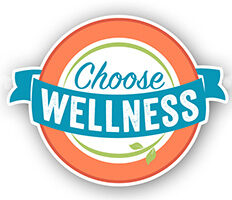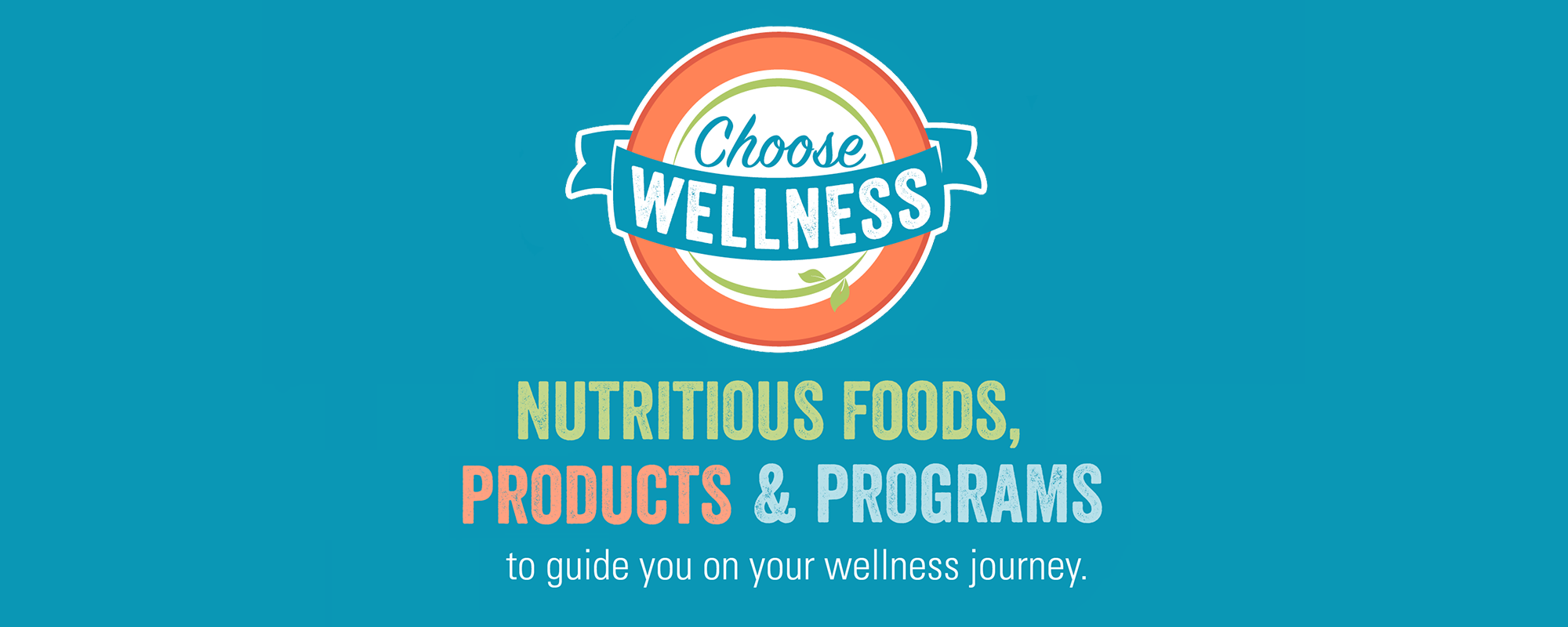Food, Nutrition and Health Tips from the Academy of Nutrition and Dietetics
Sugar is found naturally in some foods and drinks, like fruit and milk, but it is also added to many of them. Added sugars give these items a sweet taste. Most Americans get too many calories from added sugars and over time this may affect their weight and health.
Many people think of desserts as the main source of added sugars, but many foods and drinks may contain added sugars. For example, sweetened drinks like regular soft drinks, some fruit drinks and energy drinks are all sources of added sugars. Snack foods, like crackers, and even ready-to-eat foods, like pizza and pasta sauces, can be made with added sugars. Some people may also add sugar to what they eat and drink, like sprinkling sugar
over cereal or pouring flavored creamer in coffee.
How to Identify Sources of Added Sugars
The new and improved Nutrition Facts labels can help you identify sources of added sugars. You can also review the ingredients list. The ingredients that appear first are in the largest amount. Be sure to look for foods and drinks that don’t have sugar (or some other sweetener) listed as the first ingredient. Other examples of sweeteners and sources of added sugars include: brown sugar, corn syrup, dextrose, fructose, high-fructose corn syrup, honey, maple syrup, molasses, sucrose, white granulated sugar.
Sources of added sugars often lack nutrients needed for good health, while foods and drinks that contain natural sources of sugar provide nutrients, like vitamins and minerals. For example, fruits like strawberries are a great source of vitamin C, and milk provides vitamins A and D and calcium.
It’s not necessary to avoid all sources of added sugars. The problem is that many of us include too many sources of added sugars or eat and drink larger amounts than is recommended. When this happens, there is less room for more nutritious foods and drinks.
If you have a taste for something sweet, try eating some fruit first. When you’re thirsty, reach for milk or water. Other ways to reduce sources of added sugars include: making or buying healthier version of baked goods; including foods and drinks with added sugars less often; and eating or drinking smaller amounts.
Tips on How to Reduce Sources of Added Sugars
· Sweeten low-fat plain yogurt with fresh,
frozen or canned (in its own juice) fruit
in place of fruit-flavored yogurt.
· Add cinnamon and dried fruit to plain
cooked oats instead of using instant
flavored oatmeal.
· Encourage healthier drinks like plain
milk and water for young children.
· Substitute 100% fruit juice for fruit punch
and other fruit-flavored drinks for older
children.
· Switch from sweetened to unsweetened
applesauce.
· Drink plain low-fat milk instead of
chocolate milk.
· Use jams and jellies with no sugar added.
· Enjoy a homemade smoothie with frozen
fruit, low-fat milk and yogurt in place of
ice cream.
· Quench your thirst with water or plain lowfat
milk instead of sweetened beverages,
like energy, soft and sports drinks.
Include healthier choices from the MyPlate food groups in place of foods and drinks with added sugars to better meet your nutrient needs.
Visit www.ChooseMyPlate.gov for more information.
©2019Academy of Nutrition and Dietetics.

